Affiliate links on Android Authority may earn us a commission. Learn more.
Qualcomm announces Snapdragon X24 LTE modem and Wireless Edge Services for new devices
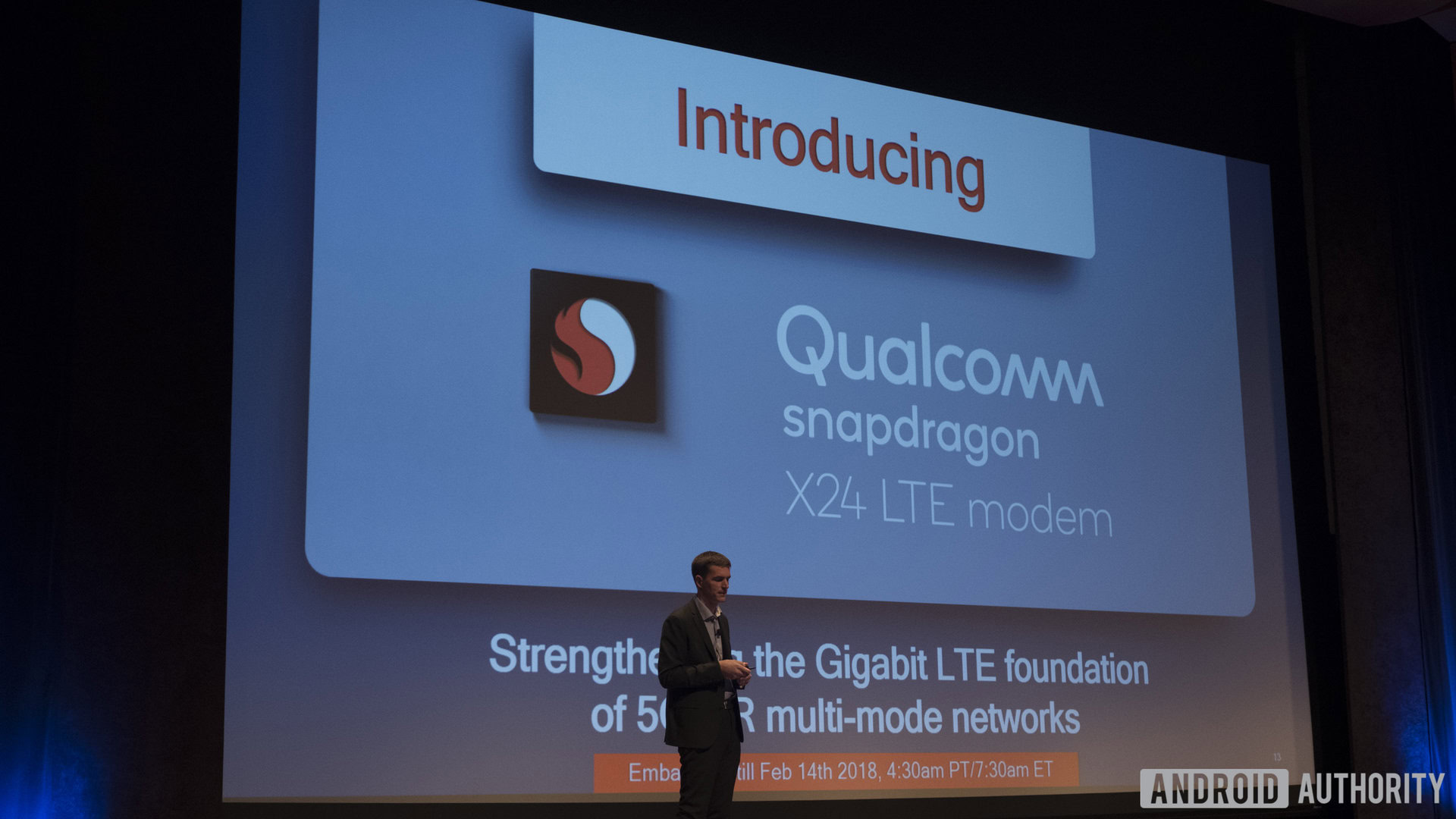
Qualcomm concluded its 2018 5G day in San Diego by announcing the newest generation of its Snapdragon X-series LTE modem, the Snapdragon X24.
The X24 is the first modem based on a 7nm LPE process, which offers a number of enhancements over the second generation X20 modem.
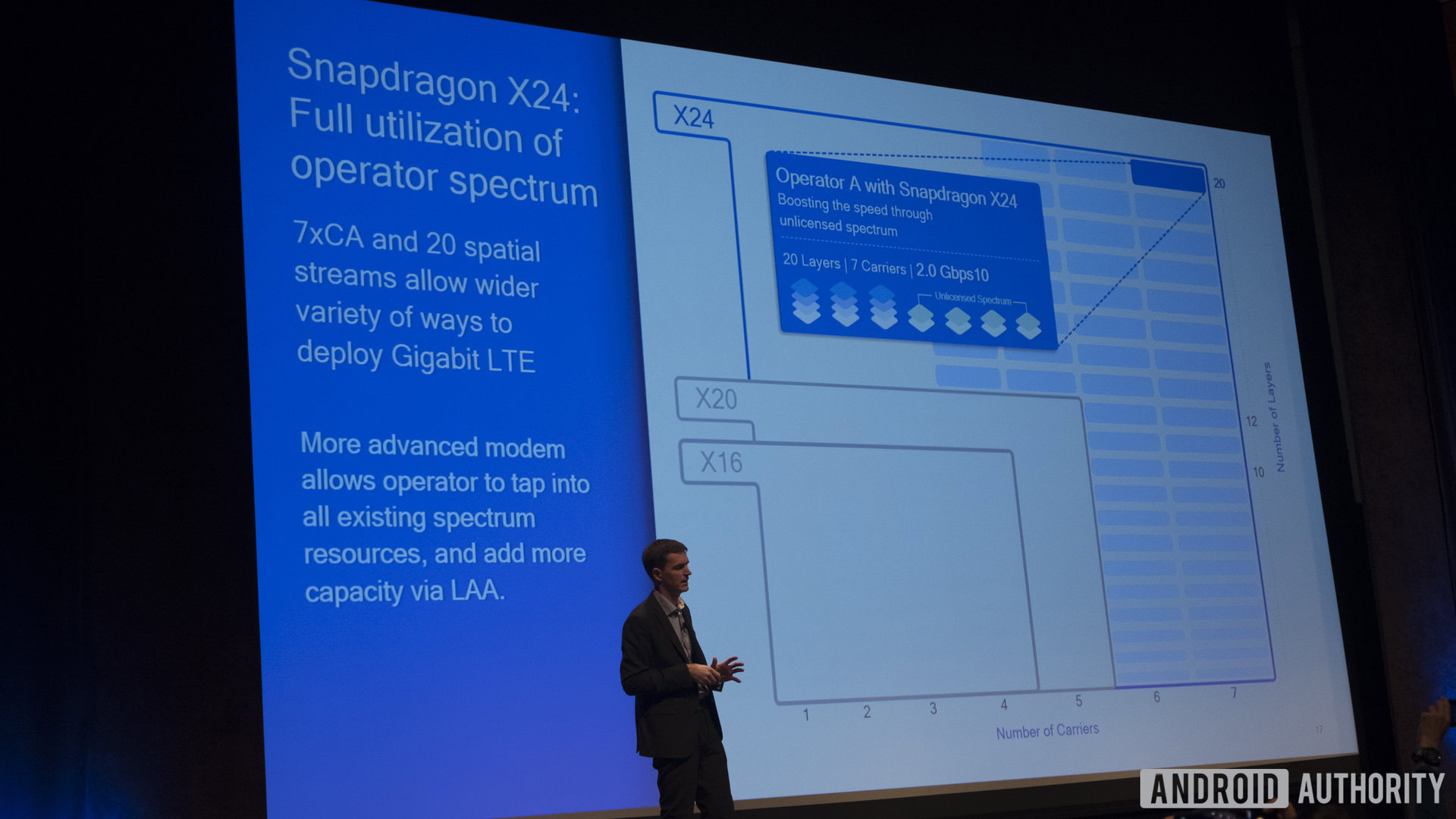
Where the X20 modem was a 20 percent speed increase over the X16, with 12 spacial streams over three carriers to hit a max throughput of 1.2 Gbps, the X24 takes it to the next level. It has 20 spacial streams over seven carriers, giving a simultaneous throughput of 2 Gbps by taking advantage of unlicensed spectrum. This extra data throughput could enable new more demanding experiences like VR and AR, and transfer information at a much higher rate.
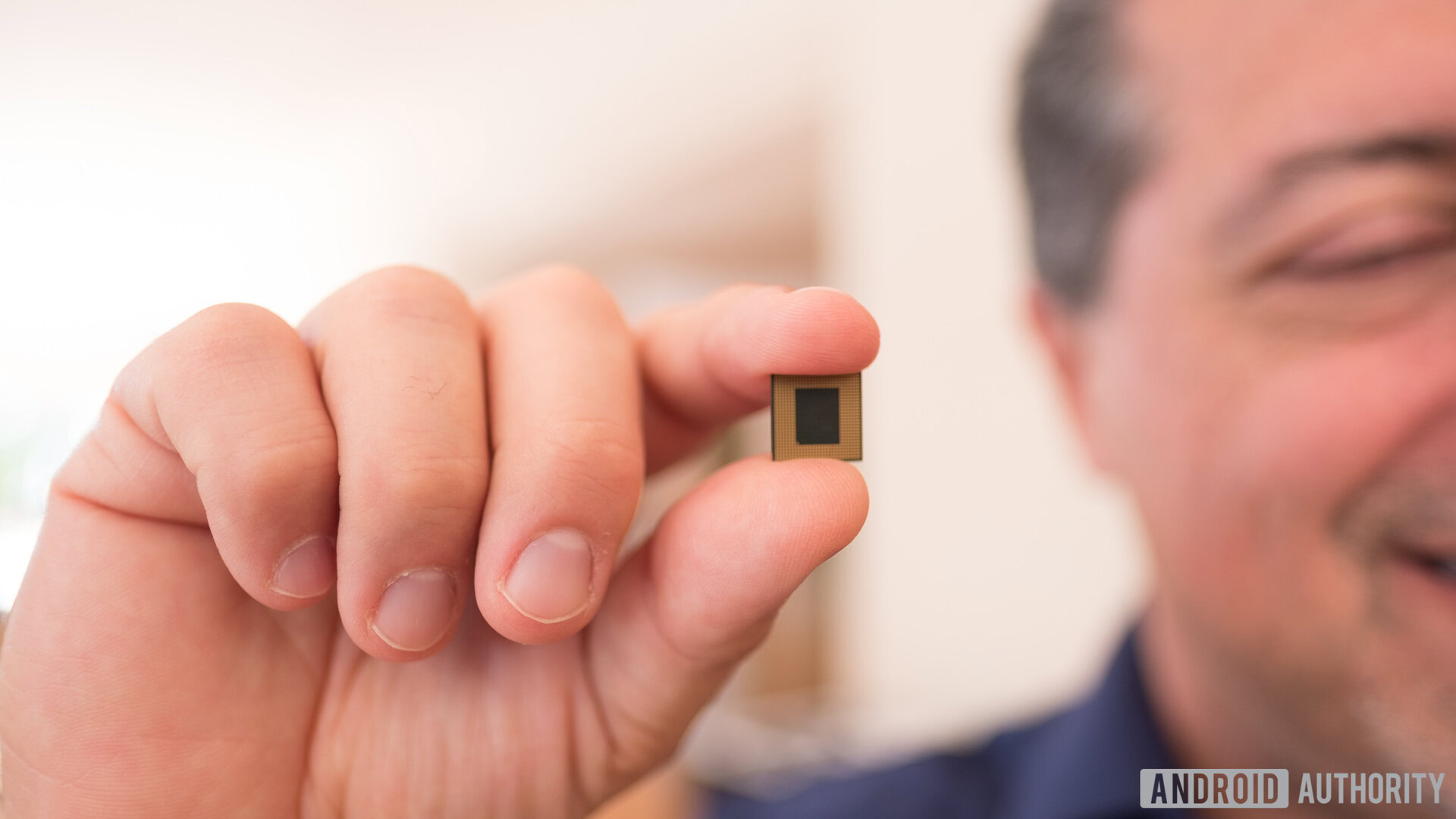
The modem also utilizes the world’s first RF chip based on a 14nm process, significantly improving power efficiency over the X20 modem. This is important since the new modem can access so many more spacial streams and tap into a higher range of unlicensed spectrum to achieve higher speeds and better stability.
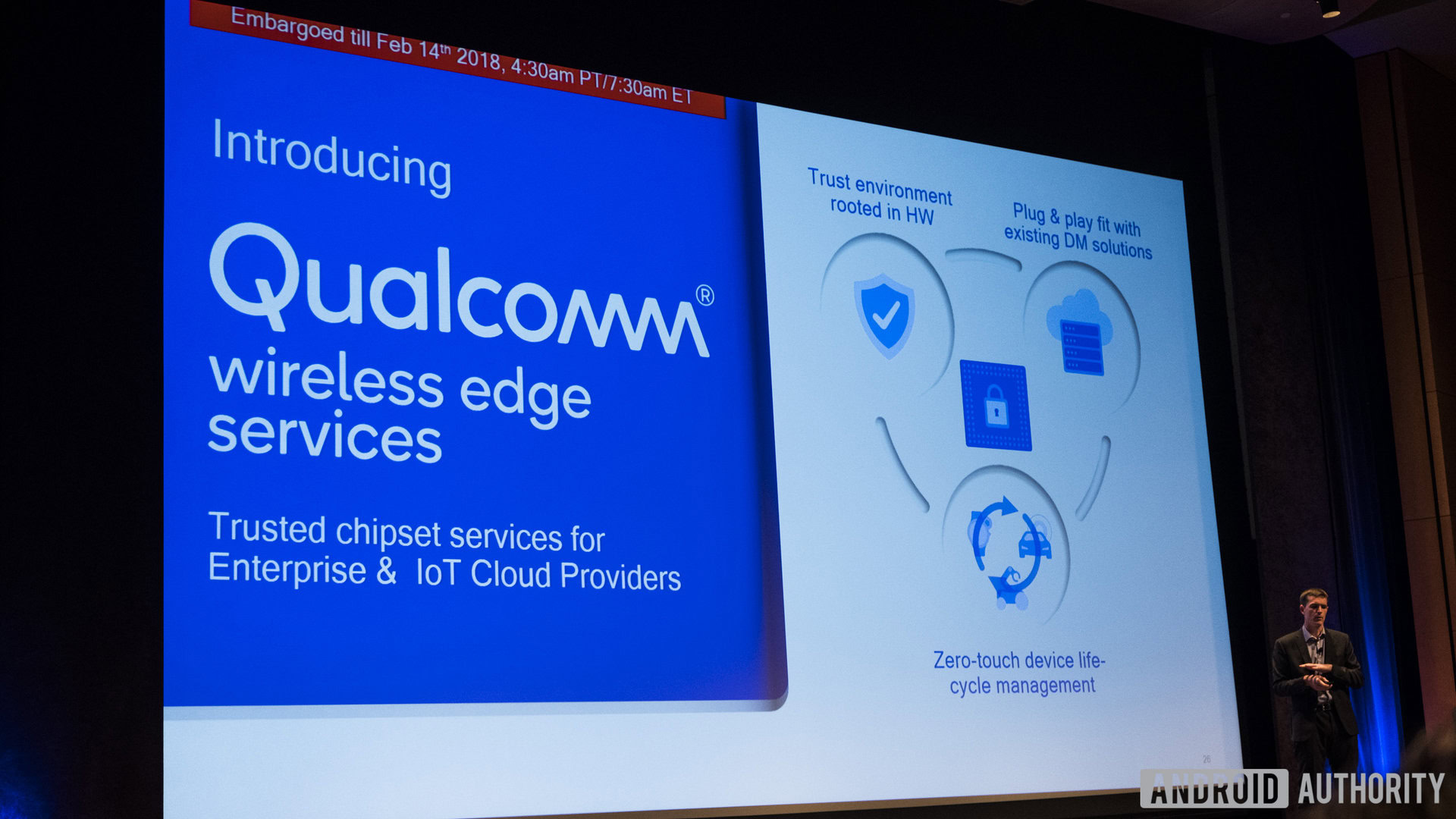
Qualcomm is aggressively pushing its new 5G networking standards, also announcing a new initiative to help connect the world’s devices reaching far outside the mobile space.
Qualcomm’s Wireless Edge services are bringing Snapdragon chipsets and 5G capabilities past the smartphone and into the ever-expanding IoT space. We’ve already seen these chipsets implemented in Windows laptops promising incredible battery life and portability, but the new initiative is looking to inject Snapdragon SoCs into anything you can imagine — home appliances, industrial equipment, and a variety of other devices and services.
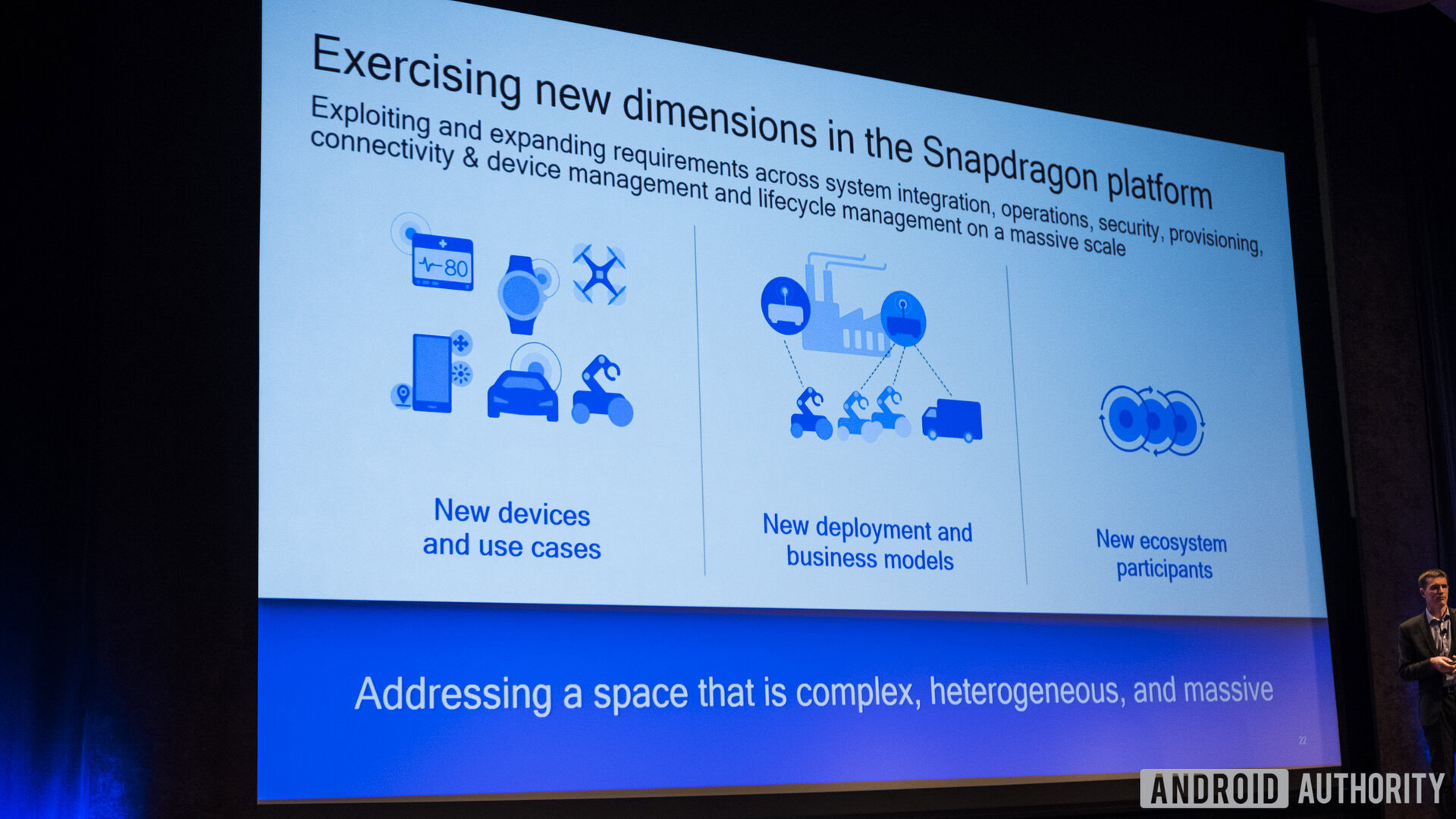
According to Qualcomm, one of the key benefits of using these processors is design simplicity. The Snapdragon chipset gives OEMs access to things like reference designs, open API’s and SDK’s, integrated software, and engineering support to make using these chips as seamless as possible. Qualcomm is also giving customers a long-term manufacturing guarantee, as well as software and security support, so they won’t need to worry about support dropping when new SoCs release every year.
As we saw with Snapdragon 835 laptops, energy efficiency is a huge reason someone might want to use these chipsets. Snapdragon SoCs have been designed with energy efficiency and phone-capacity batteries in mind, so larger products with bigger batteries should see incredible battery life with Snapdragon processors. Though more common IoT appliances like refrigerators and washing machines will remain plugged in at all times, commonly unplugged devices could get an incredible leap in energy efficiency.
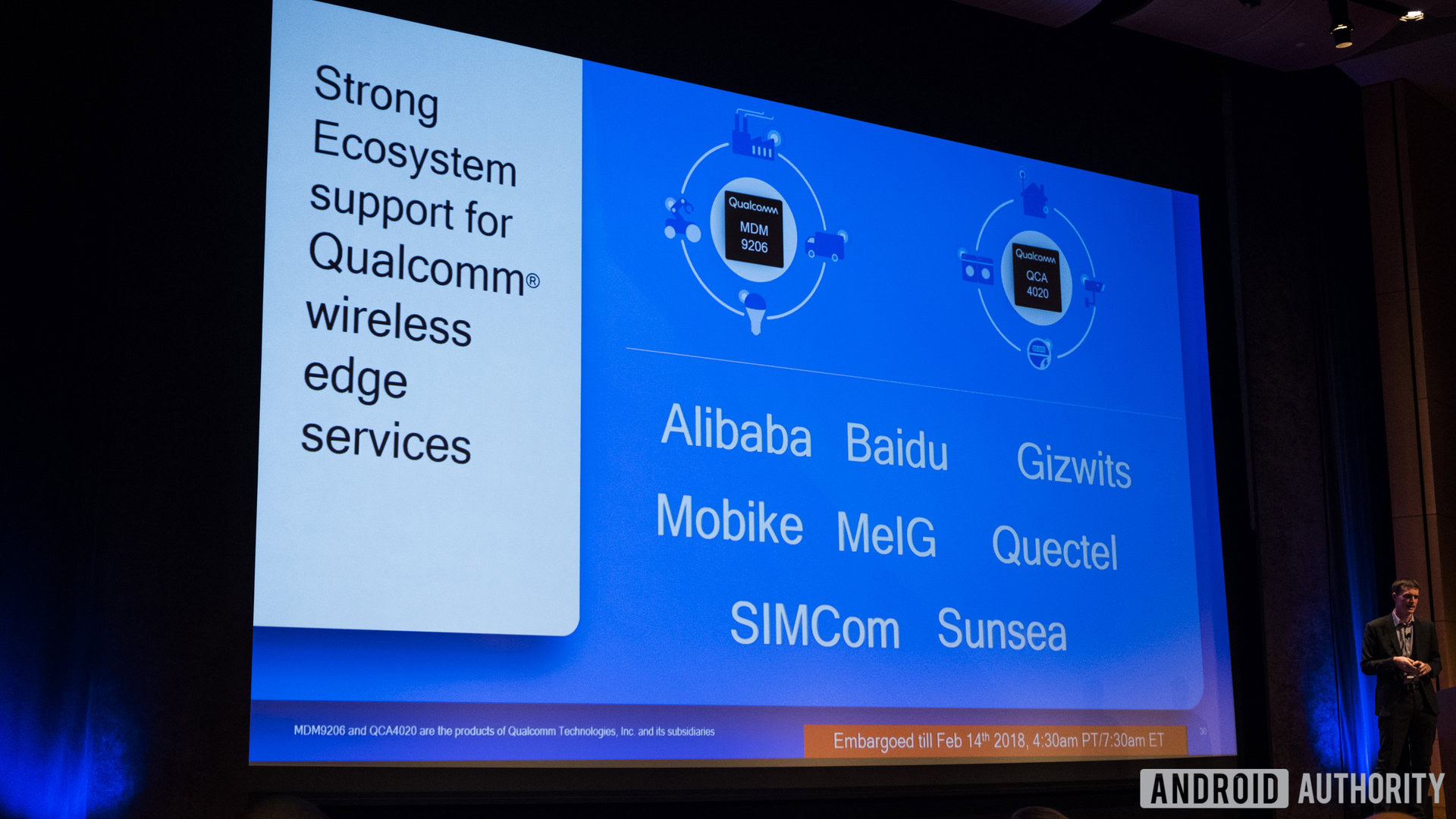
Qualcomm also committed to supporting ecosystems like Thingspace, AWS IoT, Android Things, Linaro, and more. This way it shouldn’t matter what IoT backend you use — you’ll more than likely have support right out of the gate. With Wireless Edge services onboard, Qualcomm will also handle updates to their chipsets seamlessly, activating features and updating security loopholes without the need for consumer attention.
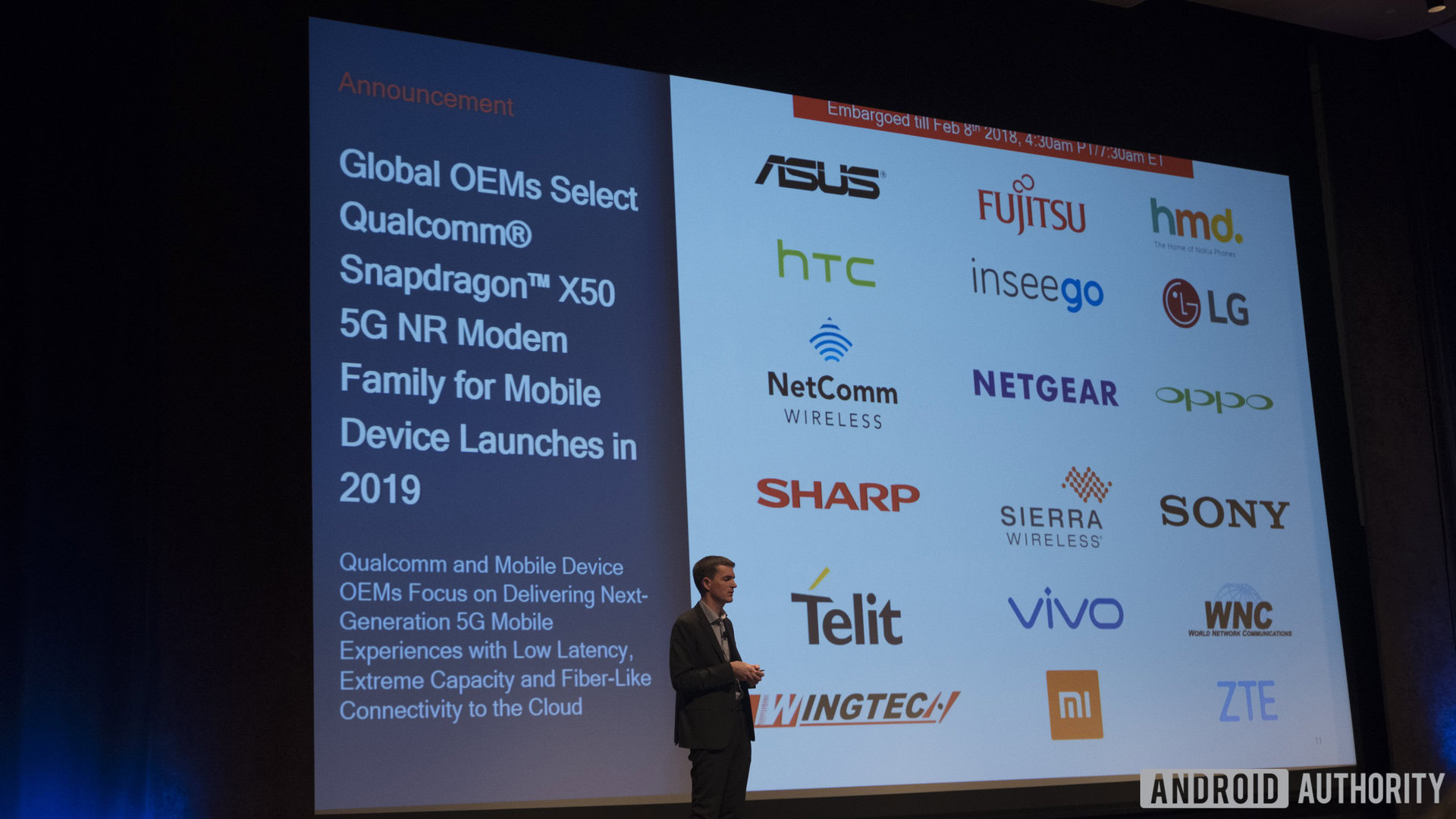
Qualcomm’s LTE IoT SDK for MDM9206 will also allow pre-integration with multiple device managers and tools like Alibaba, China Mobile, Verizon, Ericsson, and more. This way all you’ll need is the MDM9206 and the LTE IoT SDK. No additional micro-controller is necessary.
Qualcomm wants these Wireless Edge services to help IoT applications flourish in 2018 and beyond, and to help with that it’s making the transition to the connected world as simple as possible.
What are you hoping to see a Snapdragon chip inhabit next? Let us know in the comments section below.